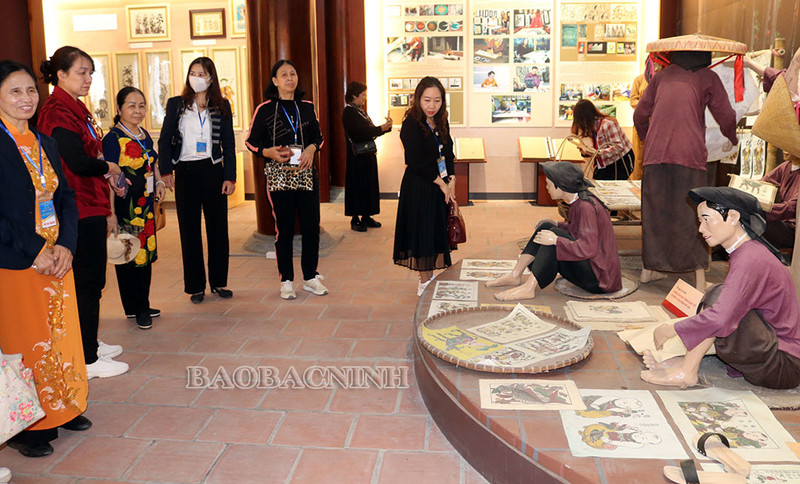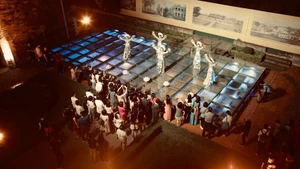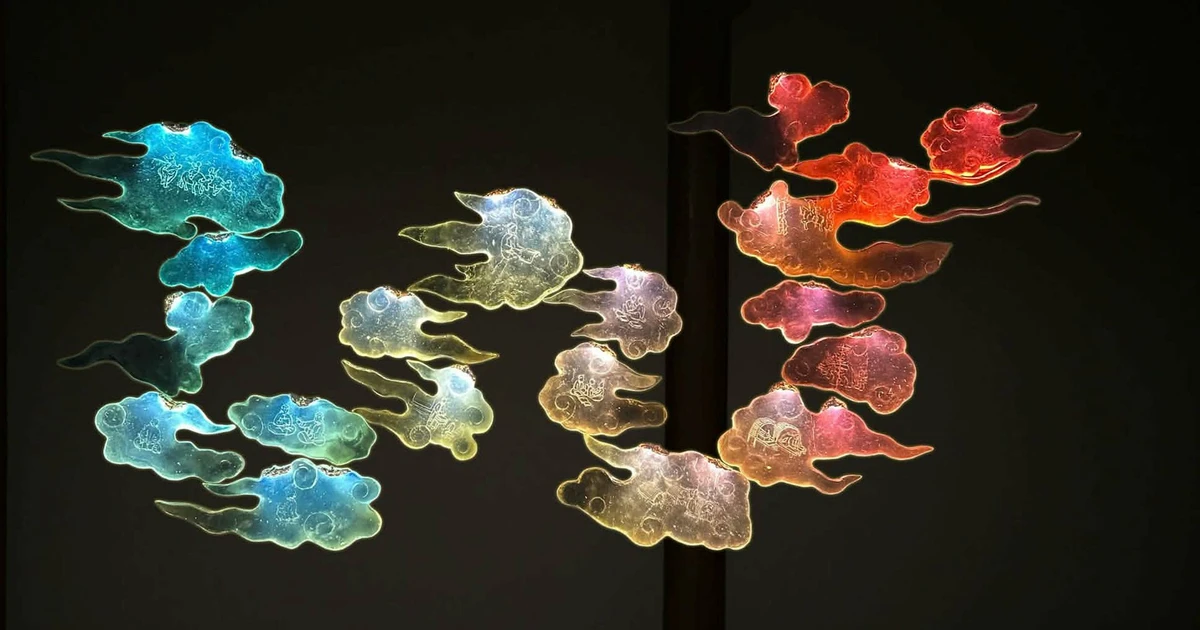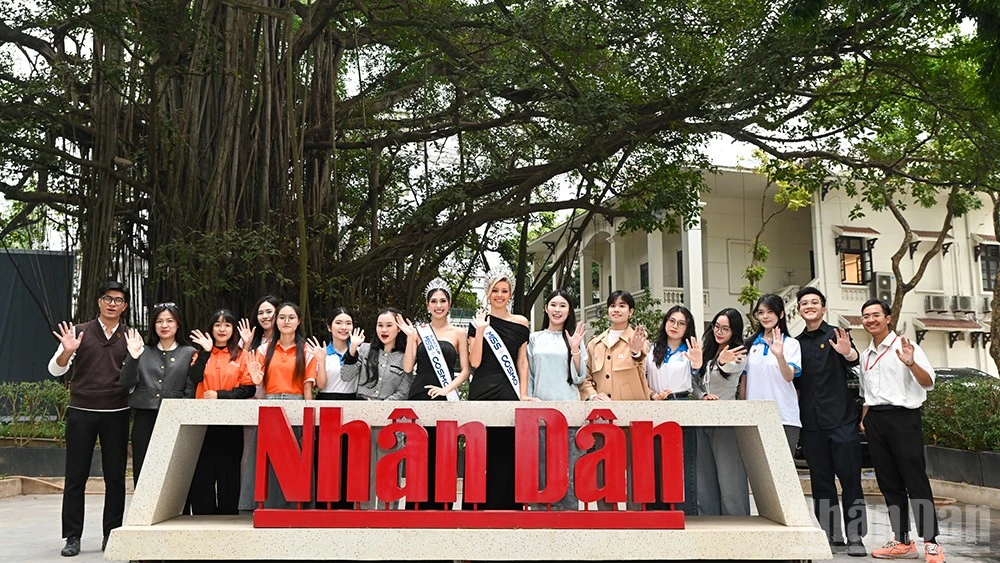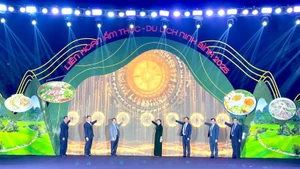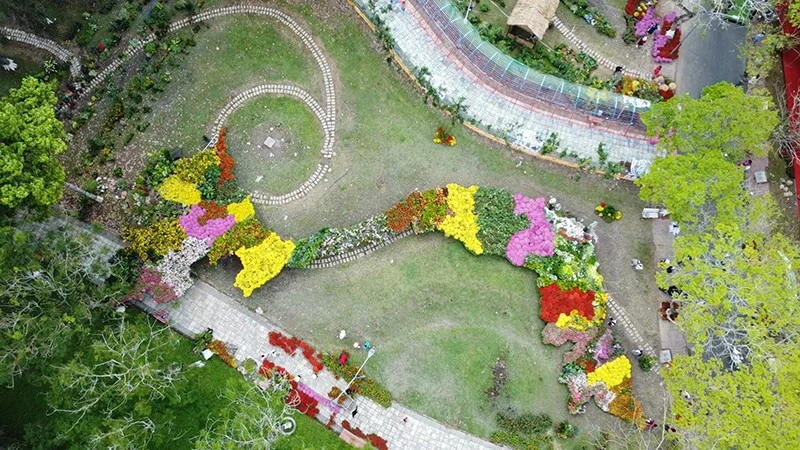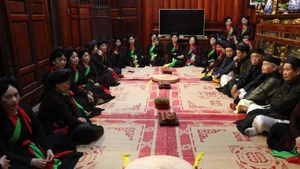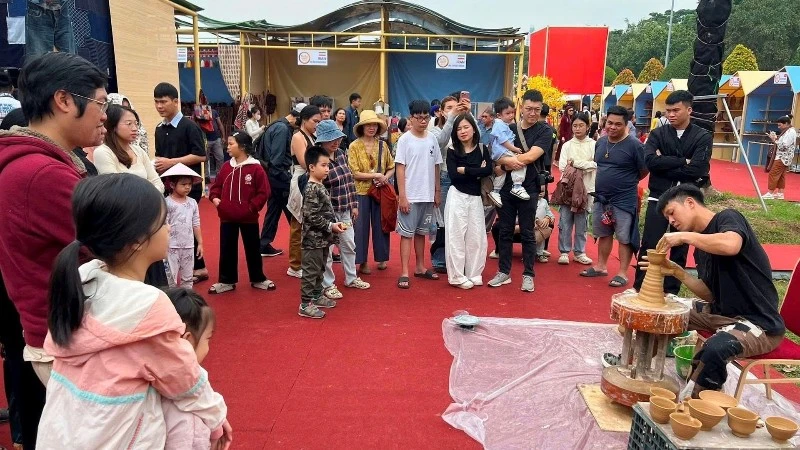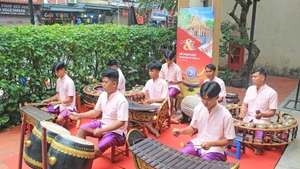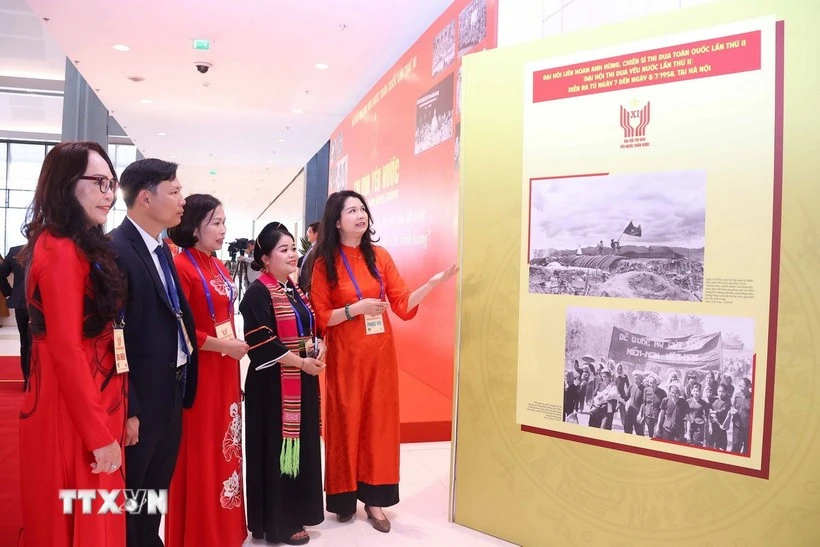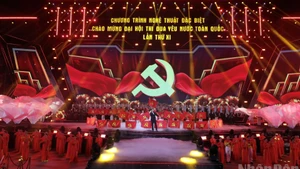Deputy director of the department Nguyen Van Dap said the provincial People’s Committee approved a project on preserving and promoting heritage values of Dong Ho in Thuan Thanh district for 2014-2020, with a vision towards 2030.
Accordingly, Bac Ninh will pay more attention to promoting the paintings, build a dossier seeking UNESCO’s recognition of the Dong Ho folk painting genre as part of the humanity’s intangible cultural heritage in need of urgent safeguarding, and build a preservation centre.
As the highlight of the preservation centre, the exhibition house covers over 500 sq.m with more than 1,000 documents and objects reflecting the history of the painting genre, its values and the preservation work.
This genre had been in its prime before 1944. At that time, local residents mainly earned their living by making paintings to sell in the Lunar New Year (Tet) festival and producing votive papers. The village was busy all year round, and there were up to 17 clans involved in making paintings. Usually, the whole village made votive papers from the first lunar month to the 15th day of the 7th lunar month. From the 8th to the 12th month in the lunar calendar, they turned to producing paintings for Tet.
Over hundreds of years of development, Dong Ho folk paintings have become an indispensable “spiritual food” for a large number of people from all social strata in the country for many centuries.
Each painting has its own meaning, reflecting aspirations of the working class, from simple to sacred and noble things. Such paintings as “Vinh hoa” (Honour), “Phu quy” (Wealth), “Tien tai” (Richness), “Ga dai cat” (The rooster of good fortune), “Phuc” (Happiness) and “Tho” (Longevity) show the wishes for a new year.
Meanwhile, to commemorate national heroes, artisans created “Hai Ba Trung tru giac Han” (Trung Sisters defeat the Han enemy), “Ba Trieu danh quan Ngo” (Lady Trieu fights against the Wu troops), and “Ngo Vuong Quyen danh Nam Han” (King Ngo Quyen fights against the Southern Han troops), among others. To inspire the traditional fondness for learning and the respect for teachers, there are such works as “Hieu hoc” (Fond of learning), “Vinh quy bai to” (Returning home to pay tribute to ancestors after achieving academic honours), “Muc dong doc sach” (Herdsman reads book), and “Thay do coc” (Toad teacher).
Dong Ho paintings also criticise bad habits, vices, as well as injustice in society. Among them, “Dam cuoi chuot” (Mice’s wedding) is a profound satirical implication. The cat represents the ruling class that is greedy and eager for bribery while the mice, representing peasants, are wise and always stay alert to the cat. Meanwhile, “Danh ghen” (Jealousy) criticises men’s womanising while secretly giving advice to them to help prevent a family tragedy.
“Tu quy” (The four seasons), “Tung hac” (The pine and the crane), “Ke cuc” (The rooster and the chrysanthemum), “Lien ap” (The lotus and the duck) imply the virtues of honourable persons. There are also paintings depicting traditional cultural activities of the daily life or festivals in the northern region like “Danh du” (Swinging), “Danh vat” (Wrestling), “Ruoc trong” (Drum procession), “Mua rong” (Dragon dancing), “Mua lan” (Kylin dancing), and “Choi trau” (Buffalo fighting).
